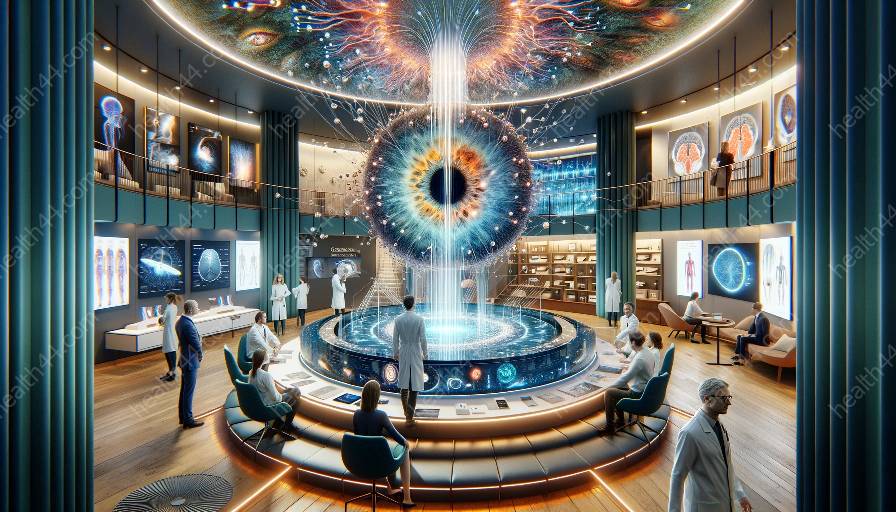Visual perception is a crucial aspect of our sensory experience that plays a fundamental role in our daily activities. It encompasses the ability to interpret and make sense of visual information received by the eyes, thereby influencing our understanding of the external world and impacting our cognitive processes.
The Importance of Visual Perception
Visual perception is not only essential for basic activities such as reading, writing, and navigating our surroundings, but it also significantly impacts complex tasks like driving, sports performance, and social interactions. When visual perception is compromised, individuals may experience challenges in interpreting visual stimuli, recognizing objects, perceiving depth and distance, and maintaining visual attention.
Key Components of Visual Perception Training:
- Visual Acuity: The ability to see clearly and distinguish fine details.
- Visual Field: The total area in which objects can be seen in the peripheral vision when the eyes are focused on a central point.
- Contrast Sensitivity: The ability to distinguish objects from their background, especially in low contrast environments.
- Depth Perception: The ability to accurately perceive the distance of objects from oneself and from each other in the environment.
- Visual Attention and Processing Speed: The ability to quickly and accurately respond to visual stimuli while maintaining focus.
- Eye-Hand Coordination: The ability to integrate visual information with hand movements and control when interacting with objects.
- Visual Memory: The ability to remember and recall visual information.
Visual Perception Training Strategies
Vision rehabilitation programs employ a variety of strategies to target and improve the key components of visual perception. These strategies are tailored to each individual's specific needs and may include the following:
- Optical Devices: Corrective lenses, prisms, and other optical aids to optimize visual acuity and address visual field deficits.
- Perceptual Learning: Interactive computer-based programs designed to improve contrast sensitivity, depth perception, and visual attention.
- Visual Motor Training: Exercises to enhance eye-hand coordination and visual processing speed through activities such as ball throwing and catching drills.
- Sensory Integration: Multisensory exercises to enhance the integration of visual information with other sensory inputs, improving overall perception and response.
- Visual Memory Exercises: Practice activities to strengthen visual memory and recall abilities through memory games and visual recognition tasks.
- Environmental Adaptations: Modifying the physical environment to accommodate visual impairments, such as improving lighting, reducing clutter, and using color contrast to enhance visibility.
- Attention and Concentration Training: Techniques to improve sustained attention, selective attention, and processing speed through cognitive exercises and task-oriented activities.
Impact of Visual Perception Training
By targeting the key components of visual perception through tailored training and rehabilitation programs, individuals can experience significant improvements in their visual function and overall quality of life. Enhanced visual perception can lead to increased independence in daily activities, improved performance in academic and work settings, and greater confidence in social interactions.
Furthermore, visual perception training plays a crucial role in vision rehabilitation for individuals with visual impairments resulting from conditions such as stroke, traumatic brain injury, or degenerative eye diseases. Through comprehensive and targeted training, individuals can maximize their remaining visual abilities and adapt to visual challenges more effectively.
Conclusion
Visual perception training forms the cornerstone of vision rehabilitation, addressing the fundamental aspects of visual function to optimize an individual's visual experience and capabilities. By understanding the key components of visual perception and employing targeted training strategies, individuals can enhance their visual perception and regain confidence in their daily activities.





















